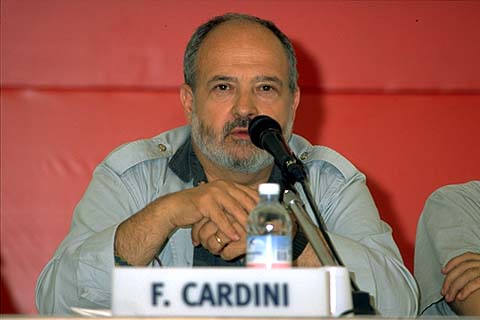Eurasia. Gog and Magog
‘We have always been used (the “always” of the prejudices born out of school curriculums, i.e. 19th century). To looking at history and its inseparabie sister, geography, with the eyes of the heirs of Greek and Roman tradition. When we think of ancient times and the Middle-Ages, our view-point is consequently Mediterranean-centred. A lot of talk goes on about anthropological prospects, total history, “vision of the Other”, but in fact our considerations stop at the Roman Times”, and from there to the north and east, only with the progress of Christianity. We continue to think like Pliny the Elder, and perhaps – we dechristianized people of the 20th century – like the Bible. To the north is the ultimate Thule; to the east the cruel Scythians, the horrid Caucasus and the barbarous Persians; to the south “hic sunt leones”; to the west the impassable sea and the happy isles. But the deserts, on the other hand, were full of life. And to really understand the Greek civiliza-tion, Eurasia should be looked at as a continental entity. They were once called barbaric invasions, when ethnocentrism did not yet mean anything and the expression “germanic barbarians” was a normal vehicle for denouncing and condemning the supposed “centuries-old enemy”. Today, the whole of history appears like an age-old plan of successive migrations of peoples. On the one hand, the sear-ch for identity and roots makes us ask ourselves if and when a particular land area can be declared as belonging to one particular people; on the other, we must conclude by reali-zing that no one can really call himself 1oreveC owner of a land and that autochthony is a myth. Our historiography isolates and dilates an historical period, and a long-tasting one too (over a thousand years between the II and XV centuries) during which the migrations of peoples were an ongoing dense and tumultuous occurrence through the whole of Eurasia. In point of fact, migrations had occurred before, and were to occur later. The referents changed, but the journey conti-nued. The womb of the nomads was always fertile. The exhibition (26 panels) will represent a historical sequence, a “trip” through a period of time which, as we said, is fairly long. Some of the events narrated are better known than others, famous and less-famous figures, presen-tation of places where those events took place, and which helped form the world as we know it today.’












